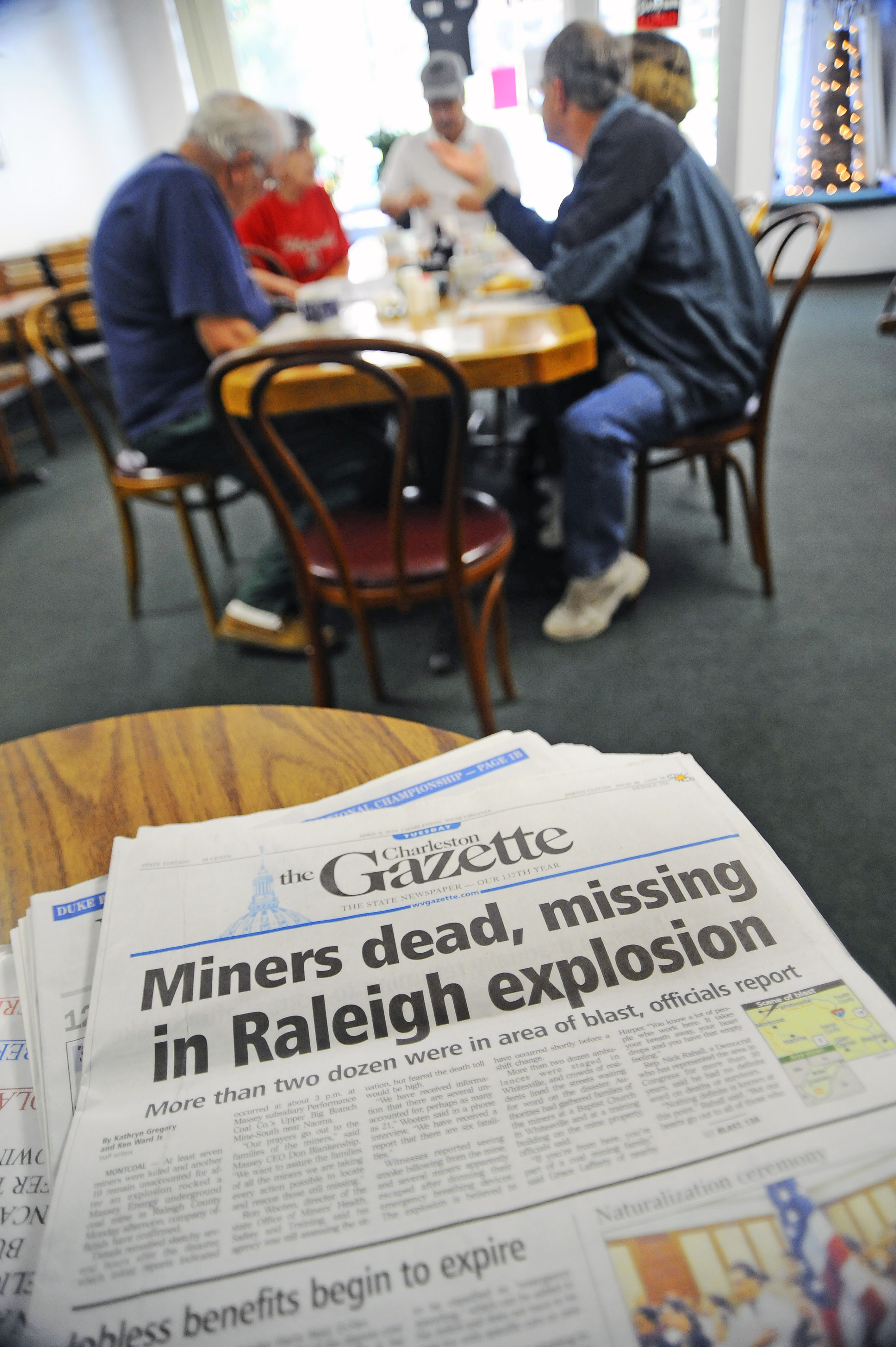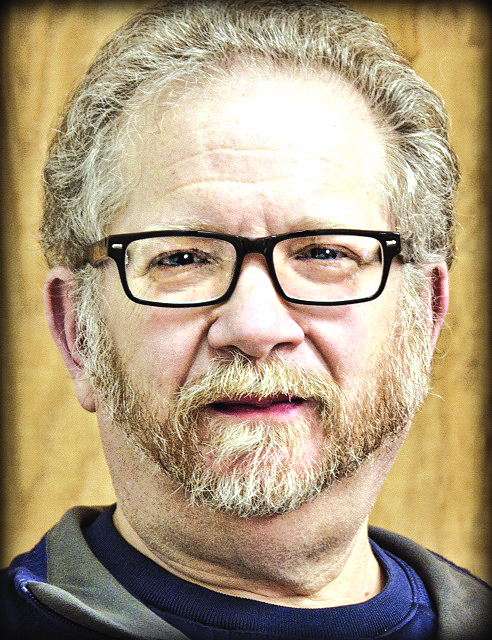
A 2010 issue of The Charleston (W.Va.) Gazette after an explosion killed 29 miners. In recognition of the importance of local newspapers, the West Virginia Press Association and West Virginia University are leading a new effort to train newspaper publishers
Don Smith, a veteran of both the editorial and publishing sides of the business and the executive director of the West Virginia Press Association (WVPA), talks about the phone calls he received from long-time community newspaper owners in the state looking to sell—or perhaps, just fold the paper if no viable buyer emerged. “They were at the end of their life … but their children had decided they didn’t want to be in the newspaper business,” he says. “I had owners in their sixties, seventies, eighties, and nineties who really wanted to get off the treadmill.”
According to Smith, this substantially rural state is served by 19 dailies and 54 weeklies, with at least half of those weeklies falling into the category of small and independent. In the past five years, 19 newspapers in West Virginia were sold. Sixteen were bought by newspaper chains and several went out of business.
For Smith and others, the prospect of losing independent community outlets and creating local news gaps, some in economically struggling areas, was a disturbing one. And their idea for how to combat that erosion in the local news landscape is ambitious, creative and, as far as one can tell, untested. “It’s not just a West Virginia problem,” says Smith. “It’s a problem that exists, and there really hasn’t been a model to deal with it.”
So with some help from the state and a partnership with Reed College of Media at West Virginia University (WVU), the WVPA is launching an effort to replenish the shrinking pool of independent community publishers at a time when newspapers aren’t exactly flourishing family businesses to be passed through generations.
The plan has two basic components. One is to prepare veteran newspaper operators to effectively market and sell their properties. The flip side is to create a pipeline of younger, committed buyers who would become the next wave of community publishers. Most notably, that effort involves the creation of a college curriculum at WVU that might be the first “publisher’s track” program offered in an academic setting.
“We don’t know of any other program that’s doing this, that’s dealing with the ownership piece,” says Maryanne Reed, Dean of the Reed College of Media at WVU. As for the potential owners being groomed in this initiative, Smith says, “I really wanted to get some young, dynamic people into the industry.”
One significant step in that effort was the “WVPA Ownership Initiative” held during the 2017 press association convention. Among the participants were a banker, a newspaper broker, who is the person who works with the seller and buyer to complete a sale, and a tax expert who walked through some of the logistics of selling and buying newspapers. Given its close relationship with the WVPA, the University’s connection to the enterprise was a natural, says Reed: “Don came to me about a year ago,” talking about matching up newspaper sellers and buyers. “There has been a strong interest in these papers staying very much as community newspapers.” A journalism program can “train all the reporters you want, but if there is no ownership pipeline, you won’t have any product.”
To that end, the school is establishing a master’s degree program in Media Innovation and Solutions, of which a key component is a year-long fellowship—operated in tandem with the WVPA—that hopes to attract candidates to potentially become local West Virginia newspaper publishers.
Reed stresses that finalizing the details of the fellowship is still a work in progress. But the plan is to first recruit and select the fellows/buyers; to provide curriculum and training for the fellows while preparing those newspaper operators who want to sell; narrowing down the possible matches; and then setting up the internships which would send the fellows to papers they want to purchase in order to acclimate themselves to the newspaper and community.
The actual sales transactions, she adds, could occur anywhere in that process.
For new community publishers, some of whom find themselves running a business after years working on the editorial side of newspapers (a category that includes this writer), there are some helpful resources, including other publishers and maybe the newspaper broker who helped facilitate the sale. But there is nothing that gets as hands-on and detailed as what WVU and WVPA are hoping to establish.
In seeking funding for its curriculum, WVU is talking to donor organizations such as Knight and Benedum Foundations and is looking at some state money available for business improvement. “In the next six months,” Reed says, “we’ve got to prove the concept.” If all goes well, the first class of fellows—they are hoping for about 10 in that class—would begin training in the fall of 2019.
At this point, Smith is willing to start relatively modestly. From his viewpoint, it would be a step in the right direction, “if we could get two, three or four young voices” in the state as publishers.
For Reed, the program fits the school’s mission. “We have an obligation to strengthen the journalism ecosystem here,” she says. “There’s still trust in what is local, what is in your backyard.”


